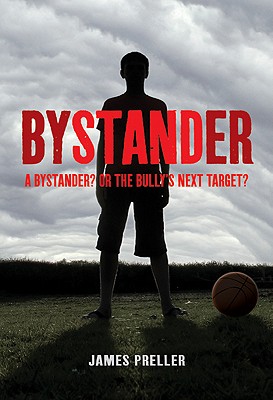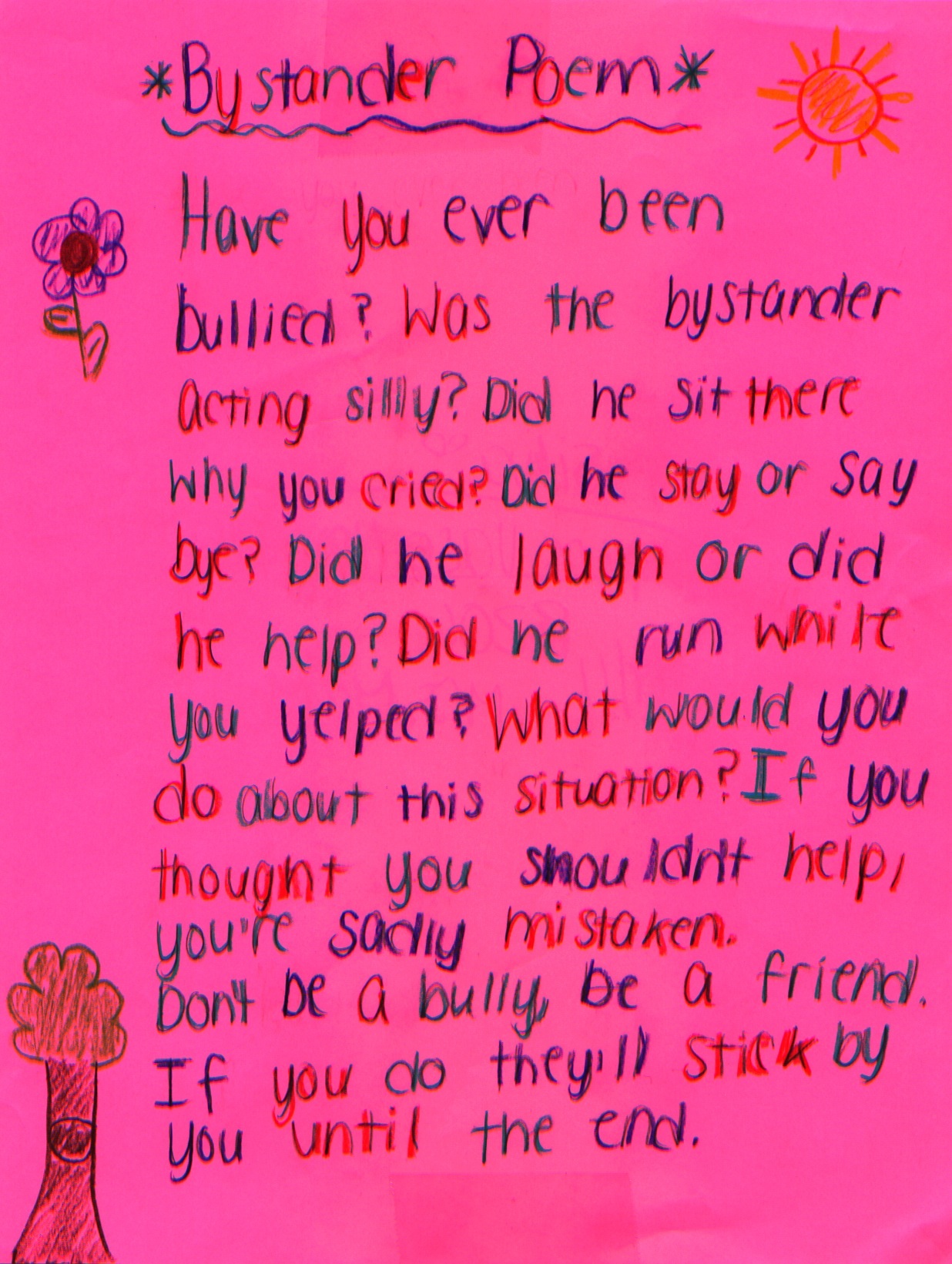–
Avid followers of this blog surely realize that I was recently invited to participate at a Banned Books event at Saratoga Springs Public Library. I was allotted seven entire minutes to speak, including the book excerpt which I selected to read.
So, yeah, short and quick. Keep the line moving. I was glad to lend my voice and the whole night was a huge success, provocative and informative. One of those nights when I felt like I was in the right place at the right time.
What follows is a relatively faithful transcript of the remarks I made, minus a few embellishments that occurred on the spot, in the event anyone is interested . . .
—
 I’d like to begin by putting in a word for story, that distinctly human activity with ancient roots, the gathering around a fire.
I’d like to begin by putting in a word for story, that distinctly human activity with ancient roots, the gathering around a fire.
The building of community.
The sharing of our hopes and dreams and experiences.
The stories we tell.
In Robert McKee’s book on screenwriting, also called Story, he wrote that “Stories are equipment for living.”
In 1990, Rudine Sims Bishop wrote a remarkable essay in which she introduced the “Windows and Mirrors” concept of reading. In it, she outlined some of the functions of story. It is significant enough that I’d like to share some of it with you, as sort of preamble to my banned book selection.
Bishop opened her essay:
Books are sometimes windows, offering views of worlds that may be real or imagined, familiar or strange. These windows are also sliding glass doors, and readers have only to walk through in imagination to become part of whatever world has been created or recreated by the author.
When lighting conditions are just right, however, a window can also be a mirror. Literature transforms human experience and reflects it back to us, and in that reflection we can see our own lives and experiences as part of the larger human experience.
Reading, then, becomes a means of self-affirmation, and readers often seek their mirrors in books.
And a little farther along in the same essay:
When children cannot find themselves reflected in the books they read, or when the images they see are distorted, negative, or laughable, they learn a powerful lesson about how they are devalued in the society of which they are a part.
In Bishop’s call for Diverse Books — we called them “Multicultural Books” at the time — she made a subtle but important point that has been somewhat overshadowed. Maybe because it’s less obvious, but I think it’s worth underscoring here today. Because yes, sure, many of us can easily accept the life-changing value of, say, nonwhites or Trans kids seeing themselves reflected positively in books.
But in the absence of those diverse stories —- an absence that has long haunted American culture —- an absence dangerously reinforced by today’s spate of book banning —- the damage is also felt by the dominant social groups who have always found their mirrors in books.
Bishop, again:
They, too, have suffered from the lack of availability of books about others. They need the books as windows onto reality, not just on imaginary worlds. They need books that will help them understand the multicultural nature of the world they live in, and their place as a member of just one group, as well as their connections to all other humans.
When we ban books, when we eliminate certain stories —- for whatever reasons —- fear or discomfort —- prejudice or closed-mindedness —- we lose our ability to step into someone else’s shoes.
We surrender our ability to build empathy, compassion, and understanding.
Those attributes are the foundation, the heart, of story.
It is why stories have persisted through all of human history.
It is why we read and how we learn.
Here’s half a page from To Kill a Mockingbird, by Harper Lee, first published in 1960.
—
 “It was summer-time, and two children scampered down the sidewalk towards a man approaching in the distance. The man waved, and the children raced each other to him.
“It was summer-time, and two children scampered down the sidewalk towards a man approaching in the distance. The man waved, and the children raced each other to him.
It was still summer-time, and the children’ came closer. A boy trudged down the sidewalk dragging a fishing pole behind him. A man stood waiting with his hands on his hips. Summer-time, and his children played in the front yard with their friend, enacting a strange little drama of their own invention.
It was fall, and his children fought on the sidewalk in front of Mrs. Dubose’s. The boy helped his sister to her feet, and they made their way home. Fall, and his children trotted to and fro around the corner, the day’s woes and triumphs on their faces. They stopped at an oak tree, delighted, puzzled, apprehensive.
Winter, and his children shivered at the front gate, silhouetted against a blazing house. Winter, and a man walked into the street, dropped his glasses, and shot a dog.
Summer, and he watched his children’s heart break. Autumn, again, and Boo’s children needed him.
Atticus was right. One time he said you never really know a man until you stand in his shoes and walk around in them. Just standing on the Radley bench was enough.
–
–










